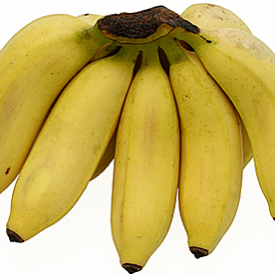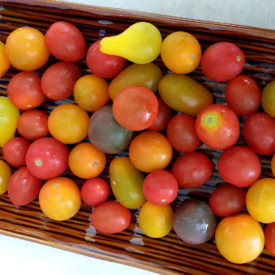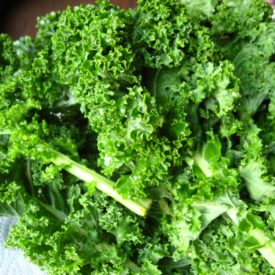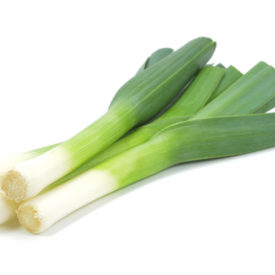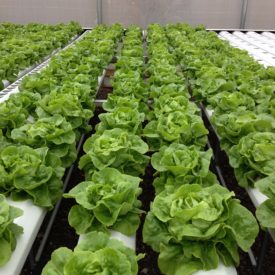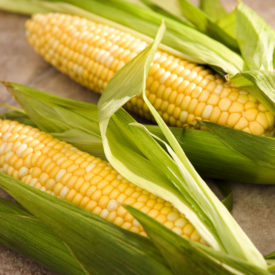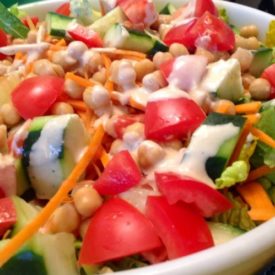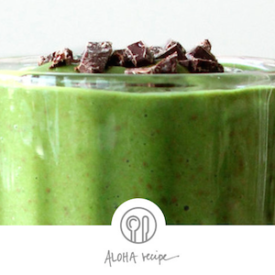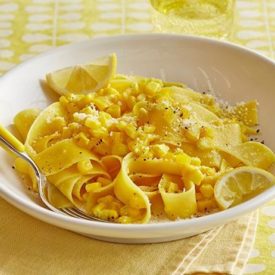
Kale is a vegetable with green or purple leaves, in which the central leaves do not form a head. It is a member of the Mustard, also known as the Cabbage, family. Kale can be curly, flat, or even have a bluish tint mixed in with the green. This week we have curly kale from Shawn’s Farm.
Depending on the variety, kale can sometimes be spicy or a bit sweet, and usually slightly bitter. In general, kale offers an earthy flavor with a nutty sweetness that is accentuated when cooked. Kale is rich in antioxidants and packed with vitamins A, C, E, K and B, as well as minerals like iron and calcium. Kale is a great source of fiber and contains a fair amount of protein.
Preparation and Storage
Kale is incredibly versatile in the kitchen and can be enjoyed raw or cooked. Young kale leaves add an earthiness to raw salads, and mature kale is one of the few leafy greens that doesn’t shrink much when cooked. Try it sautéed, roasted, stewed, or even baked into kale chips. Or try it raw in juices and smoothies.
- To prep mature kale – first remove the tough fibrous stems. Hold the stem and strip the leaves along the stem away from you. If preferred, you can cut the leaf into thin, confetti-like ribbons.
- A quick massage with olive oil, lemon juice, and salt can break down the cellulose structure of kale. This gives a slightly sweeter, silkier kale to add to salads.
- To store – wrap the leaves in a loose bundle, cover with a paper towel or a thin cotton towel (to absorb excess moisture) and store in a large, sealable bag in the crisper for up to a week.
